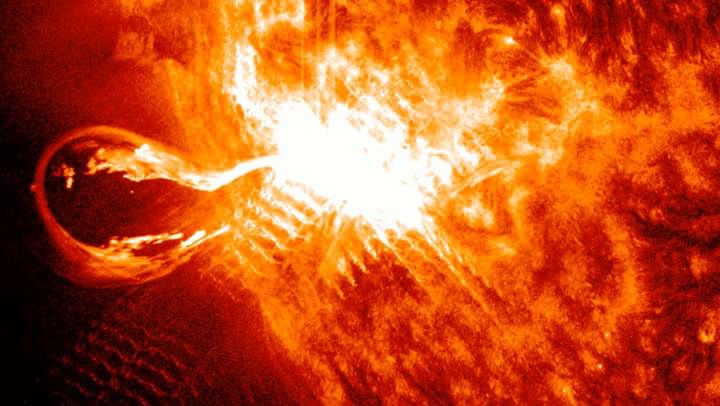Researchers have been performing these experiments for nearly 30 years but they always encounter the same problem: the bottle technique yields an average neutron survival time of 880 s, while the beam method produces a lifetime of 888 s. Importantly, this eight-second difference is larger than the uncertainties of the measurements, meaning that known sources of error cannot explain it.
A mix of different neutron states?
A team led by Benjamin Koch and Felix Hummel of TU Wien’s Institute of Theoretical Physics is now suggesting that the discrepancy could be caused by nuclear decay producing free neutrons in a mix of different states. Some neutrons might be in the ground state, for example, while others could be in a higher-energy excited state. This would alter the neutrons’ lifetimes, they say, because elements in the so-called transition matrix that describes how neutrons decay into protons would be different for neutrons in excited states and neutrons in ground states.
